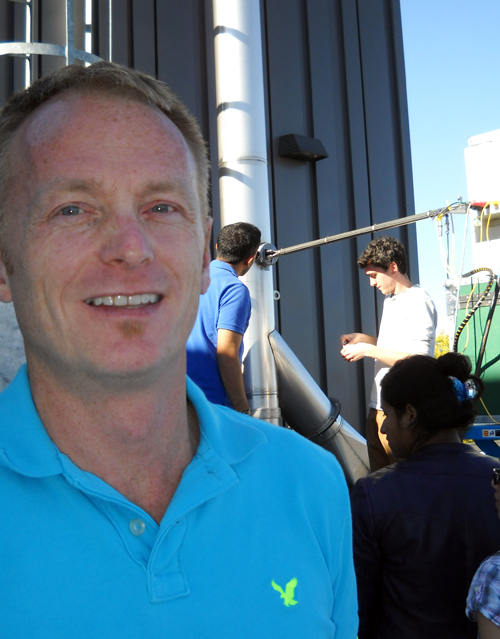
Cleaner air might start here, on the roof of U of G’s Thornbrough Building. That’s where environmental engineering students are getting their first look at new air pollution monitoring tools in the School of Engineering.
In a third-year air quality course taught by engineering professor Bill Van Heyst, students began learning about stack testing for the first time last semester. Besides that, he says, what they learn here will probably help students land jobs with consulting companies monitoring particulate emissions such as dust and metals.
“Consulting companies are where a lot of environmental engineers end up. The company will see this on a resume and say, ‘I don’t have to train them in stack testing.’”
Stack testing is a common method used in industry from steel companies to cement plants to measure particulate emissions and to ensure legal compliance.
“Every air quality consulting company uses this method for stack testing,” he says. “Almost all large industries in Ontario require annual testing.”
The new equipment at Guelph includes a probe and a machine to collect, filter and analyze what’s being emitted in the stack during a 45-minute period.
The emissions come through a rooftop aluminum pipe from an energy teaching lab where Van Heyst burns small amounts of material for each lesson.
Students and a technician transport the portable collecting chamber to the roof for each class. Van Heyst says the device might also find use in senior undergrad design courses.
The new equipment is among several rooftop teaching instruments on Thornbrough. Those include wind turbines, solar power arrays and solar trackers, a weather station, a green roof and stations for students to mount open-air individual projects.
“It’s very rare for a university to have outside labs on a rooftop.”